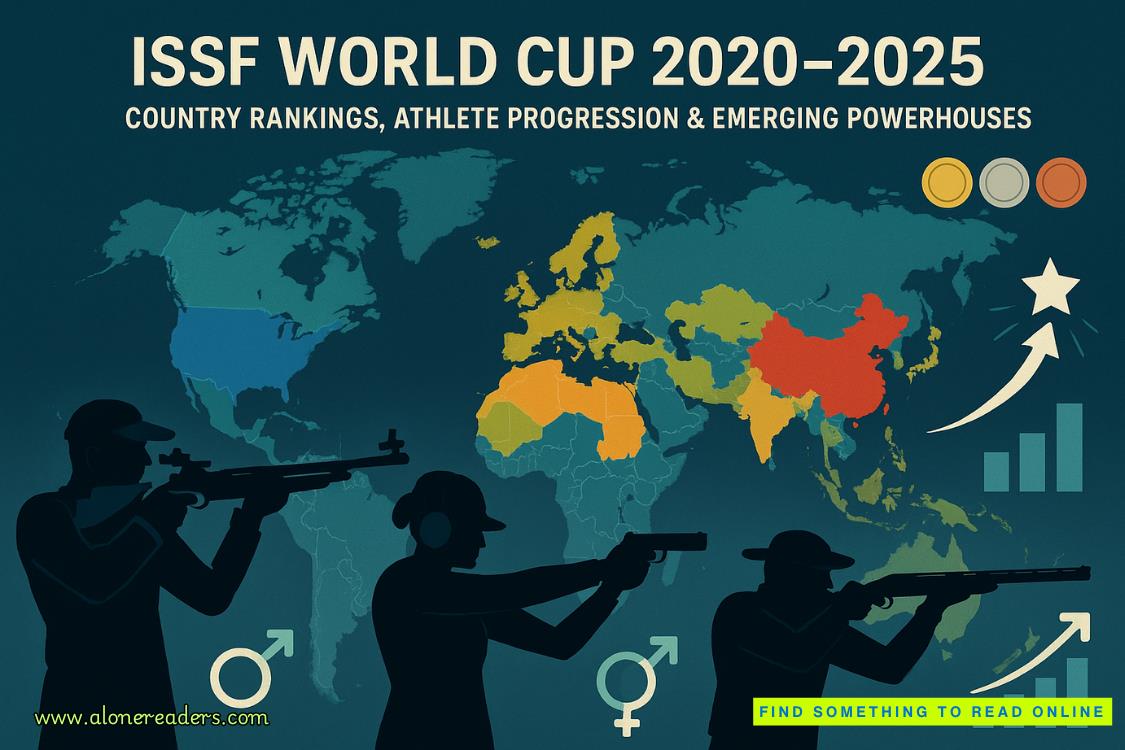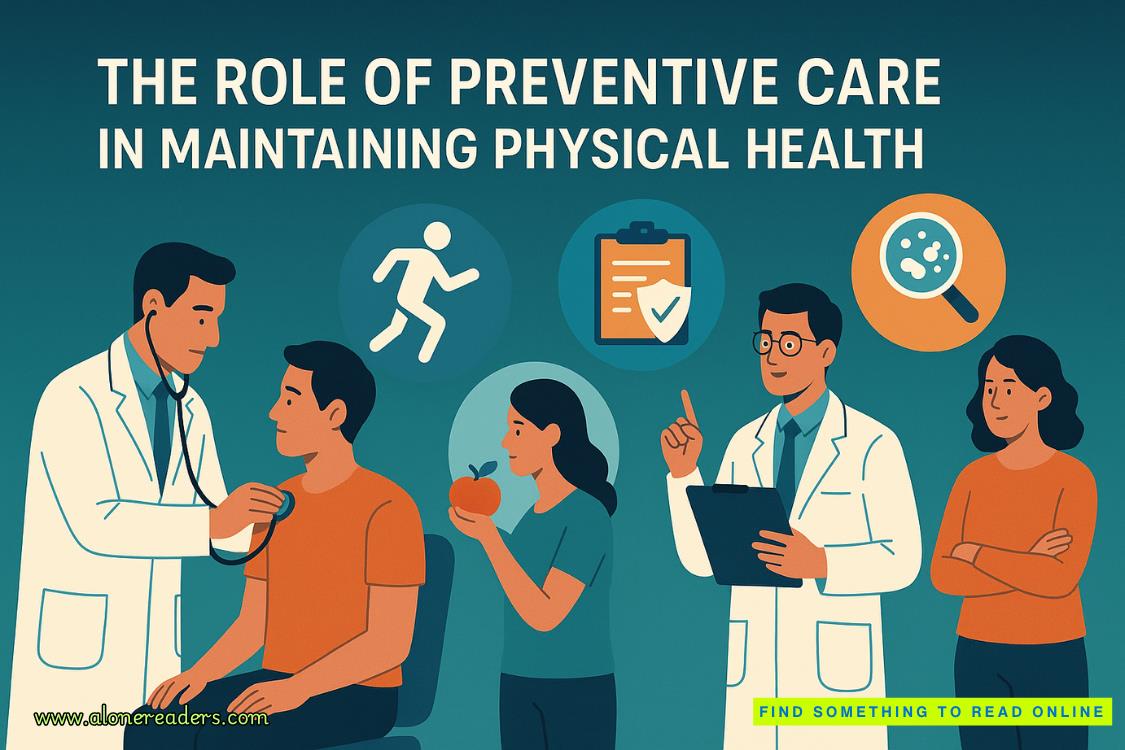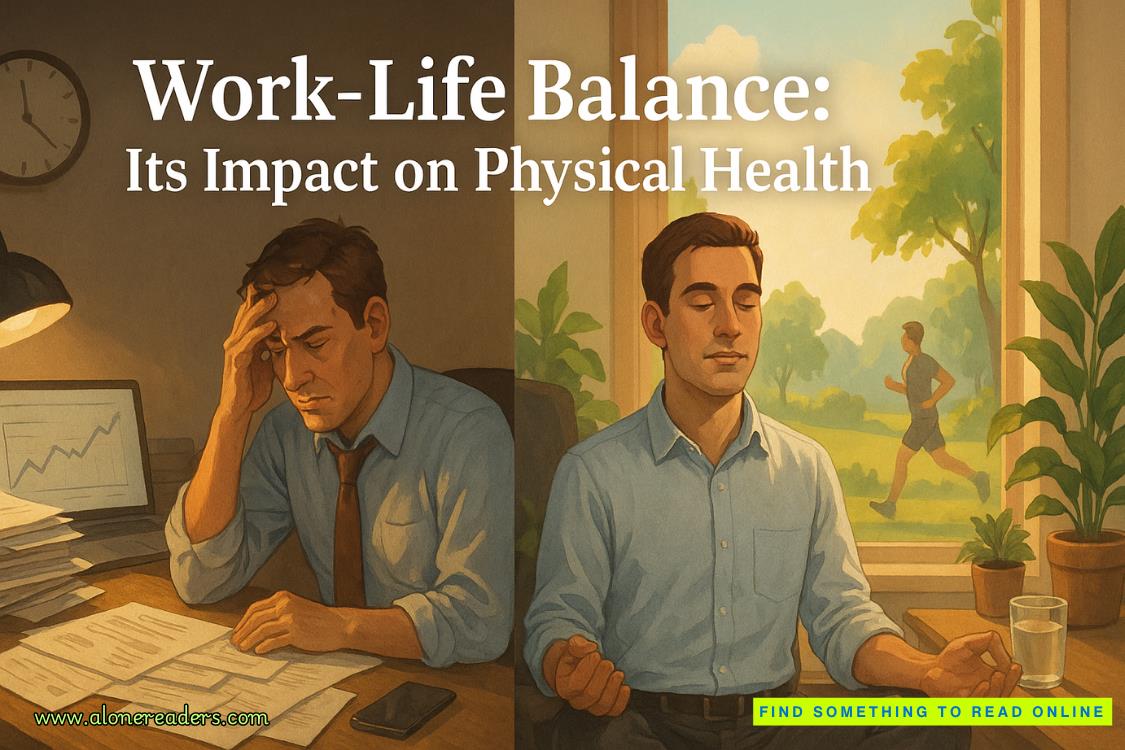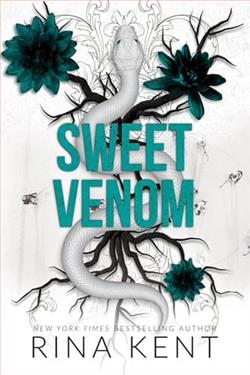Page 12 of Six Days in Bombay
There wasmore?
“It’s come to my attention that you’ve been fraternizing excessively with patients. A little of that is acceptable, but you have responsibilities that would leave you little time for socializing.”
My breath caught in my throat. Rebecca again. I wanted to tell Matron that I never spent time chatting if I hadn’t already taken care of my work. Was she implying that I’d forgotten someone’s medication? Neglected to bathe patients or change their gowns? Forgotten to record their vitals on their charts? I always double-checked my work. I kept my patients’ bedding clean, the air in their rooms fresh. While nurses like Rebecca spread gossip like cream butter on toast, I rolled bandages and organized the stockroom supplies. I was never late and never left early. If, after I’d completed my work, I tried to put patients at ease, what was the harm in it? They were with us in distress. Surely, they needed our support in all ways?
I swallowed the words I didn’t utter out loud. All I said was, “If I am derelict in my duties, I would welcome the opportunity to be corrected.”
She pursed her lip. “The problem is that as a nurse, if you become involved with patients, it affects your work, your judgment. You may be the best of nurses—and I think you are, your patients speak highly of you—but if those you work with mistrust your judgment, there is a problem. A complaint like thisone is something I have to pay attention to. I am going to authorize the deduction of two days’ pay from your check.” She looked away then, as if it was something she was reluctant to do.
Two days’ pay? I needed that money. Every rupee counted if I was going to save up enough to give Mum a better place to live. To buy her the clothes in velvet and satin she usually made for others. The heat I felt behind my eyes was a warning of tears to come. Why did this keep happening to me? I wanted to tell Matron,I hadn’t been the troublemaker. What had I ever done to Rebecca to make her hate me so?
Matron put her spectacles back on her nose. “Do you have any questions?”
I shook my head. The meeting was over.
***
My talk with Matron had rattled me. I ran to the stockroom where I pushed a fist in my mouth to stifle my scream. I tried not to think of what had happened in Calcutta. Ever since I was old enough to go by myself, I’d been delivering my mother’s sewing projects all over the city. Sometimes it was thechowkidarwho tried it. Sometimes a servant. Sometimes the husband groped me. When it started happening during my nurse training, I’d had enough. My body was my own; why did men think it belonged to them as well? It had been different here in Bombay, at the smaller Wadia Hospital. Perhaps because I was older and didn’t look as vulnerable. Now, however, I had a new problem. Rebecca was determined to make my life difficult. And Matron, a stickler for discipline, would be inclined to listen to her.
When I felt calmer, I smoothed my uniform, re-pinned my nurse’s cap and went to see Mira. She’d been complaining of pain in her abdomen again and I was told to give her low doses of morphine at shorter intervals. Now, the first thing I noticed was that her color was off. Paler than usual. She had dark circles under those large eyes. As I walked into the room, I saw Dr. Mishra at the sink, washing his hands.
Mira addressed the wall behind me. “Oh, Filip, don’t go just yet. You have to meet Sona. Remember? I’ve been telling you all about her.”
I turned around to see a gentleman in an ivory three-piece suit to the left of the door. He practically blended into the wall. He was slightly shorter than Dr. Mishra but more sturdily built. His hair was almost a white-blond, another reason he disappeared into the white wall. I’d been thinking of Mira’s husband as a ghost, and here he was in the flesh. He was smoking a pipe. He turned to me and nodded, his expression pleasant but vacant.
Mira extended her hand for me to take. “Filip was a dear to bring me four of my favorite paintings. Well, all my paintings are my favorites, but these are especially important to me. Now, Amit and I were having the most frightful row, Sona.” She called Dr. Mishra by his first name?
The young doctor was standing by the bed now. He smiled, the dimple on his chin getting deeper. “Well, really… I would hardly call it a row. A preference perhaps.” He looked to Filip for confirmation. Mira’s husband nodded with a smile. He didn’t seem to mind that Dr. Mishra stood within kissing distance of his wife while he stood at the edge of the room, like a distant relative or a porter.
“Which of the paintings do you prefer, Sona?” Mira lifted her chin toward the wall opposite her bed.
I turned around. Four paintings leaned against the wall. Each was somber in color—cinnamon, caramel, coffee, walnut. They were different in subject matter. I let go of her hand and stepped closer to inspect them. In the one closest to me, five figures sat on the ground, preparing a woman with the fairest complexion for a wedding. The darkest woman among them was fixing her hair. The woman opposite the bride held a container of white powder in the process of making the intended’s face even brighter. The bride’s hands were painted with henna. Two children, equally as dark as the hairdresser, watched the scene.
My eyes strayed to the second canvas, one with a cinnamon background. Five youths sat in a semicircle with a fifth, the smallest, facing away from them. Each only wore adhoti. A white thread stretched from the left shoulder of the young men across their chest to their right hip. The three oldest boys had gathered their hair in a topknot. I’d seen ascetic Brahmins like these quietly praying for the welfare of others or studying scriptures along the Queen’s Necklace, beside the Back Bay. Only the forehead of the middle figure, the fairest, was painted with longtilaks. He must have been their teacher.
Behind me, Mira said in a whisper, “Those markings on the forehead fascinate me.”
I turned around to see Dr. Mishra, his arms folded across his chest, lean toward her, as if they were alone in a museum discussing an exhibit. “Did you know, Mira, that they represent Lord Narayana and Lakshmi?” He called her by her first name too? When had they become friends? Did Mira hold Dr. Mishra’s hand when I wasn’t around? A wave of jealousy, something I rarely felt, surprised me. I blushed, ashamed of myself. Why shouldn’t they have a right to friendship? I’d seen doctors bond with their patients, so why would this be unusual? Didn’t I too favor some patients over others?
I looked for Filip, but he was gone. I remembered the nurses referring to him as the invisible husband, and now I could see why. No one acknowledged his leaving. It was as if he hadn’t been there in the first place.
The doctor and Mira continued talking in low voices. I’d seen them like this before as I went about closing the drapes, refreshing her water jug, getting her morphine shot ready. They talked about her art, places she had studied, the paintings he had seen in Madrid or Padua or Amsterdam. They mentioned music from the many countries they had visited—how it differed and how it was similar. They lived in a world so foreign to me, filled with memories they could pluck, like cards froma deck. I felt a twinge of envy. If I’d been born under different circumstances or if my father hadn’t deserted us or if he’d taken us to England with him, I too could participate in their conversations, casually dropping the name of the latest opera I’d seen in London or how the river Wein in Vienna glows at sunset or whether I preferred Donatello’sDavidto Michelangelo’s. We would have made a pretty threesome. All of us in our twenties. The gifted painter, the handsome doctor, the enigmatic nurse. What a fantasist I was!
I forced myself to ignore them and to study the third painting. Three girls, their black hair parted down the middle, heads covered indupattasof various colors, gazed forlornly at the ground. I felt their quiet resignation, their surrender to a fate not of their making. One of them could have been Indira.
The fourth painting was unlike the rest. A dark-haired man in a white shirt, his expression somber, staring at nothing in particular. In his arms were three apples. Even with his long nose and pointed chin, there was something appealing about him. It was a sensuous painting, faintly erotic. The background was subtle shades of ochre.
I scanned the paintings one more time. I turned to face Mira, who was explaining something to the doctor, her hands animated. Should I interrupt them?
Dr. Mishra noticed me first. He looked away and scratched his cheek. Mira’s eyes shifted to me. “Well?”
“The first one.”
Mira clasped her hands in front of her chest. “The Acceptance. This series is my latest. It’s that flat dimension of Giotto’s—and of course Gauguin’s—I was after. There isn’t a lot of detail in the figures. See how the bride’s hands are red with henna but there is no specific design? I want the observer’s imagination to work here. Each observer will create something different.” Her face came alive when she spoke of painting, of the nuances that differentiated one painter’s style from another’s. “People mightsay—and have said—a child could paint these. But you’d be surprised how difficult it is to paint simply. Just look at Picasso.”
Perhaps my jealousy made me bold enough to say, “Which was your favorite, Dr. Mishra?” It wasn’t often that I addressed the doctor for anything other than a medical matter. If it surprised him, he didn’t show it.
“The three young women. I’ve seen that look on the faces of girls who deliver babies at too young an age.”















